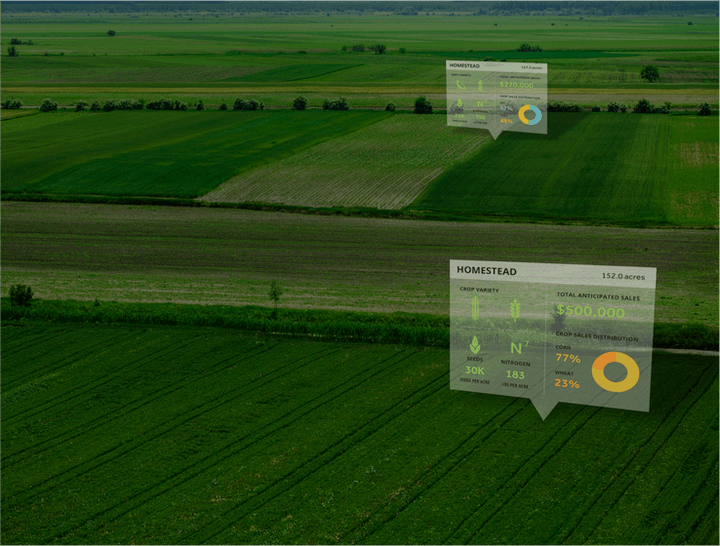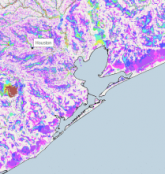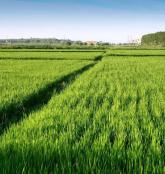There are many ways in which food productivity gains can and are being achieved, but none are proving more effective than the application of technology. Agricultural Technology, commonly abbreviated to AgTech or AgriTech, are the terms used to describe the deployment of this technology within the agricultural sector.
It is widely documented that to keep up with the growth in the global population, estimated to be at 9-10 billion by 2050, that food production must increase by 50 percent in the same period and that is before the potential effects of climate change threatens to reduce yields by up to 25 percent. Following the trail blazed by other sectors, agriculture is turning to technology for productivity gains.

AgTech has been a growing industry for several years. Following the acquisition of Climate Corporation by Monsanto in 2013 for almost US$1 billion, the following year saw record levels of investment, surpassing that of the more widely known FinTech and CleanTech sectors. That investment has continued to increase year-on-year, as has the sophistication of the technology being applied.
Yet despite the diverse ways in which AgTech industry is evolving, one constant remains, and that is data. More specifically, the basis for many AgTech solutions is the collection, storing, analysis and sharing of data to automate processes, inform decision-making and direct resources. In this and upcoming posts we will examine current and future trends in each area, and we start with data collection.
Sensors
Within the last few years, there has been a rapid increase in the range of sensors launched for the AgTech market. These include ground-based devices that measure and report data points such as live soil moisture levels, through to machine-based sensors monitoring crop height and adjusting fertilizer levels accordingly in real-time. As AgTech investment increases, we should expect to see continued growth in the sensor marketplace including convergence devices that can sense multiple data types in a single unit, thereby reducing capital costs and maintenance overheads.
Imagery
For many decades, satellite and airborne remote sensing has played a crucial role in informing the agricultural community. The resolution of satellite imagery has increased significantly over that time enabling decision-making at more granular levels. Drone use within agriculture has slowly built momentum for several years now as they represent a next-generation step in both the flexibility of imagery collection as well as image resolution. Yet drone use for agricultural purposes is not without its hurdles; affordability, airspace regulations and usability are amongst the obstacles holding back its potential.
Crowdsourcing
Crowdsourcing too has its place in the AgTech data collection process. Sometimes considered to be inferior when compared to integrity of remotely sensed data, in developing countries where sensor technology is out of the financial reach of many farmers, crowdsourcing has potential to provide a cost-effective way of gathering crucial data at scale using simple mobile phone technology. However, it too has its hurdles to overcome – first, there needs to be an incentive for farmers to collect and send data, finding an incentive large enough that farmers are motivated to collectively provide their information is difficult. Second, the integrity of crowdsourced data can be questionable despite the use of analytical and data cleansing techniques to remove outliers and conflicting data points.
Third, crowdsourcing is only useful when used at scale and that means not just providing an incentive accessible enough that it reaches a whole country’s farming community but also presents high operational and marketing costs in communicating the existence and benefits of the crowdsourcing initiative. Yet despite these challenges, crowdsourcing remains an alternative option for highly scalable ground-truth data collection.








